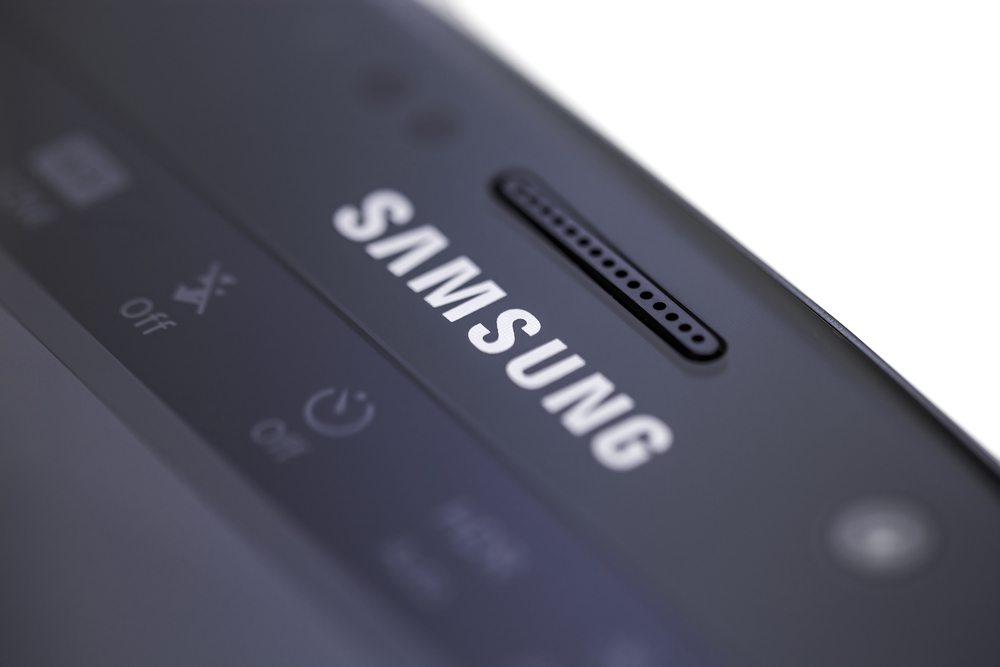
Samsung has collected 13.9 billion pounds of e-scrap since 2009. | MilsiArt/Shutterstock
Samsung collected 1.3 billion pounds of end-of-life electronics last year, its largest ever single-year global collection figure.
The South Korean device manufacturer reported the latest figure in its annual sustainability report, released this week. The volume represents a slight increase from 2022, when collection came in just under 1.3 billion pounds, and it represents the highest yearly collection volume on record since 2009, when Samsung started up its device collection network.
This year, the company operated e-scrap recovery programs in more than 70 countries. Its goal is to have such programs in 180 countries by the end of this decade. Cumulatively, Samsung has collected 13.9 billion pounds of e-scrap since 2009.
Most of the company’s collection happens in Europe, Asia and Oceania. In the U.S., Samsung’s 2023 collections totaled 119 million pounds, or about 9% of its global total for the year.
The OEM also reported operating “13,784 service centers in 216 countries at the end of 2023 to help consumers repair their products.” At these centers, “service center managers and repairers follow service process guides to provide the best possible service to our customers.”
Samsung’s device repair practices have met with varying response from the repair community: Although the OEM once collaborated with repair hub iFixit, the two parted ways recently and iFixit publicly questioned Samsung’s commitment to ensuring device repairability.
In terms of material use, Samsung reported using recycled plastic resin in 25% of its plastic parts last year. It has a goal to use recycled resin in half of all its plastic parts in 2030 and in all plastic parts by 2050.
Yearly collection data
According to its sustainability reports, Samsung’s global annual device collection over the past decade was as follows:
- 2023: 1,321,000,000 pounds.
- 2022: 1,320,000,000 pounds.
- 2021: 1,233,000,000 pounds.
- 2020: 1,117,000,000 pounds.
- 2019: 1,073,000,000 pounds.
- 2018: 933,000,000 pounds.
- 2017: 920,000,000 pounds.
- 2016: 980,000,000 pounds.
- 2015: 784,000,000 pounds.
- 2014: 820,000,000 pounds.

